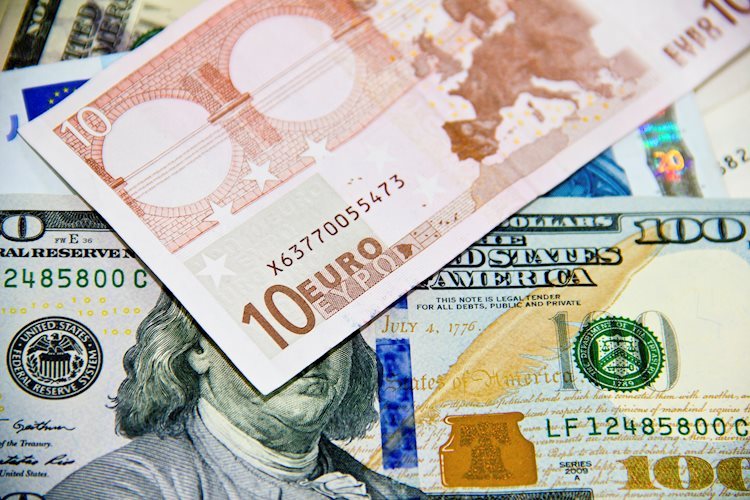The EUR/USD pair remains stable above the key support level of 1.0800 as concerns about the strength of the US labor market weigh on the US Dollar. Traders are increasingly pricing in the possibility of interest rate cuts by the Federal Reserve in September, with a 77% chance of lower rates, up from 65.6% a week ago. This shift in expectations is due to recent data showing a rise in the Unemployment Rate and a decrease in Average Hourly Earnings, indicating a slowdown in labor market conditions. This has led to speculation that the Fed may consider adjusting its monetary policy in the coming months.
Investors will be closely watching Fed Chair Jerome Powell’s testimony for further guidance on interest rates. Powell is expected to emphasize the need for a cautious approach to rate changes until inflationary pressures subside. At the European Central Bank Forum on Central Banking, Powell acknowledged progress in inflation but noted that the disinflation process is ongoing. The upcoming US Consumer Price Index report for June will provide more insight into inflation trends, with core CPI expected to show steady growth while headline figures may slow down.
EUR/USD has remained relatively stable above 1.0800, with a brief spike to a three-week high near 1.0850 before retracing. The Euro has received a boost from French election polls indicating that the far-right National Rally led by Marine Le Pen did not secure an absolute majority. This has eased concerns about France’s debt crisis, although political uncertainty remains as coalition negotiations continue. The probability of ECB rate cuts in July has decreased, with policymakers signaling that price pressures may not deviate significantly from current levels this year.
Technical analysis shows EUR/USD trading within a symmetrical triangle formation, indicating a period of low volatility. The currency pair is holding above key moving averages and has shown strength by breaching the 200-day EMA. The RSI is at a neutral level of 60.00, with potential for bullish momentum if it breaks above this threshold. The market is awaiting Powell’s testimony for further direction in trading.
Inflation FAQs briefly explain how inflation is measured, its impact on currency value, and the role of central banks in managing inflation. Core inflation, excluding volatile elements like food and fuel, is the figure targeted by central banks to maintain price stability. When inflation rises above 2%, central banks typically raise interest rates to curb it, leading to a stronger currency. Gold, once a hedge against inflation, may not always perform well during high inflation periods, as higher interest rates can reduce its attractiveness as an investment. Lower inflation tends to benefit Gold prices as it reduces interest rates, making the precious metal a more appealing option for investors.
Overall, the EUR/USD pair is likely to maintain its current stability above 1.0800, with potential for further gains if Fed Chair Powell’s testimony signals a dovish stance on interest rates. The Euro’s outlook remains positive following the French election results, although ongoing political uncertainty may create volatility in the near term. Traders will closely monitor inflation data releases and central bank decisions for further insights into currency movements.











